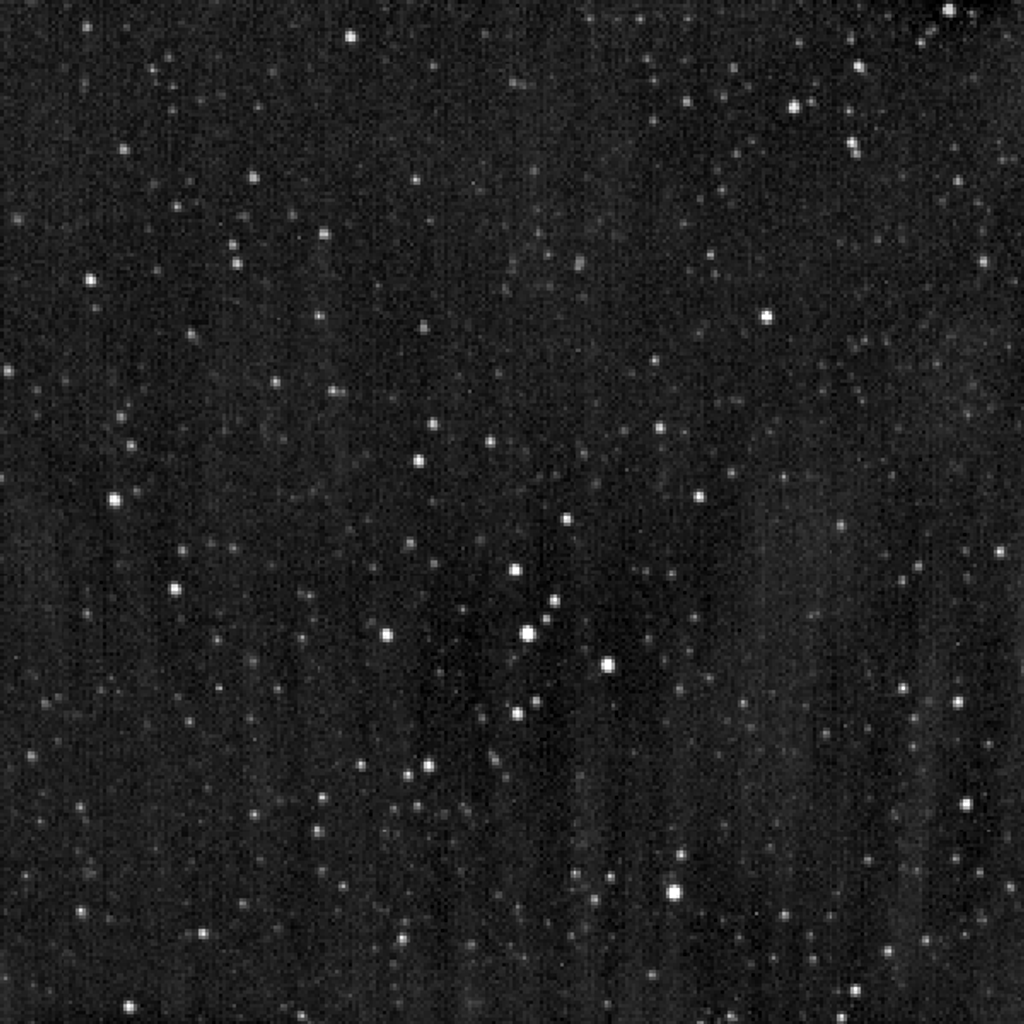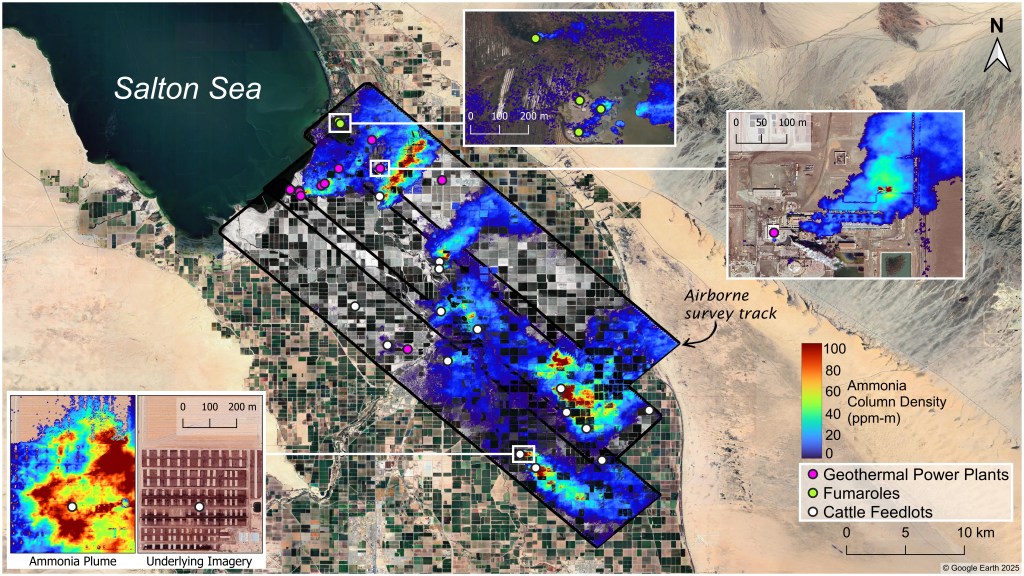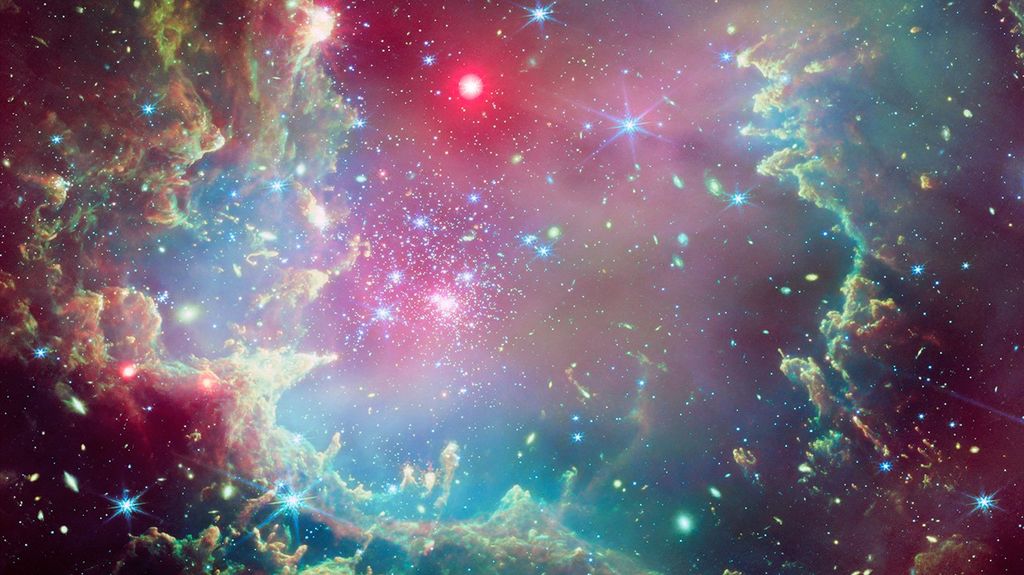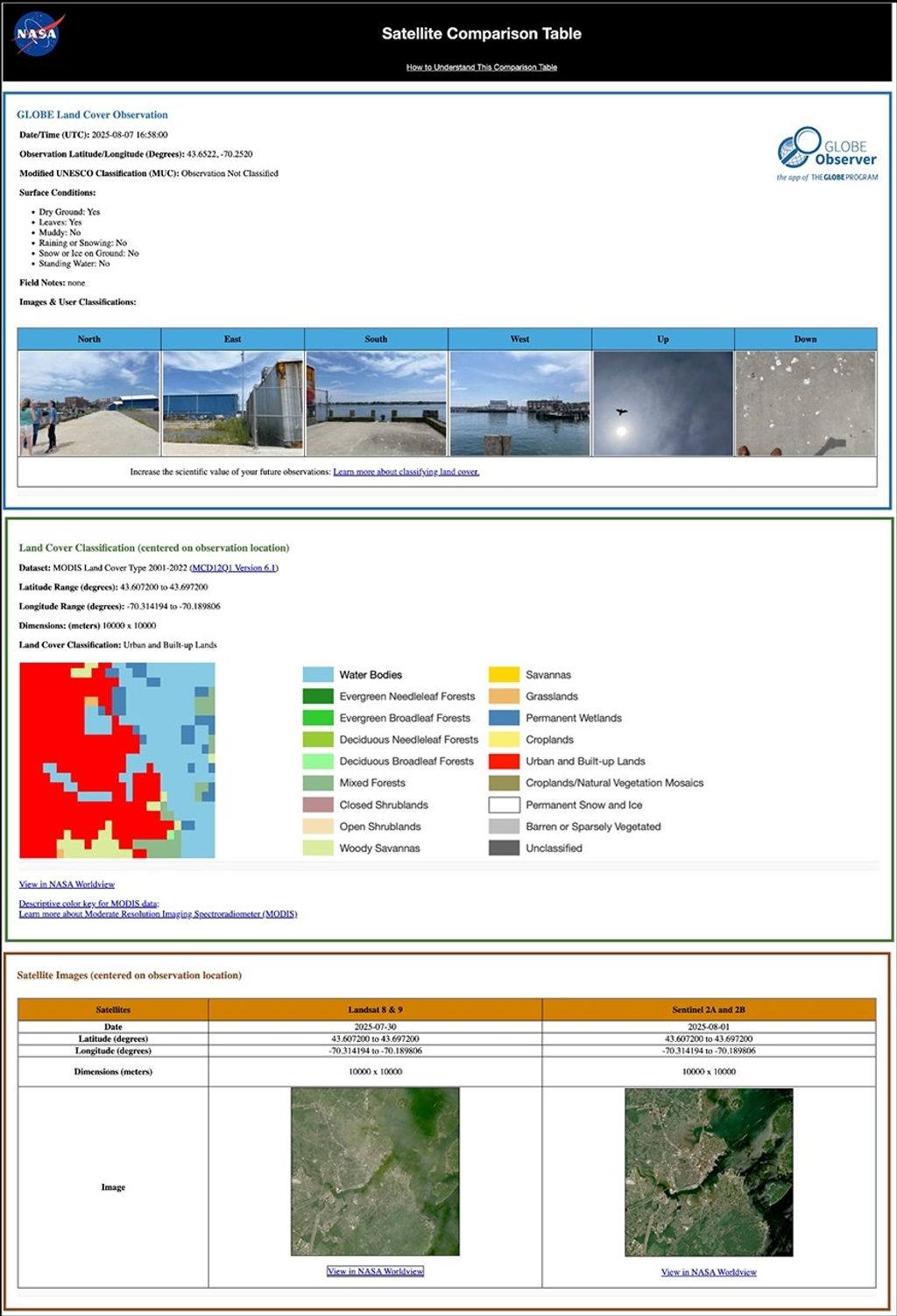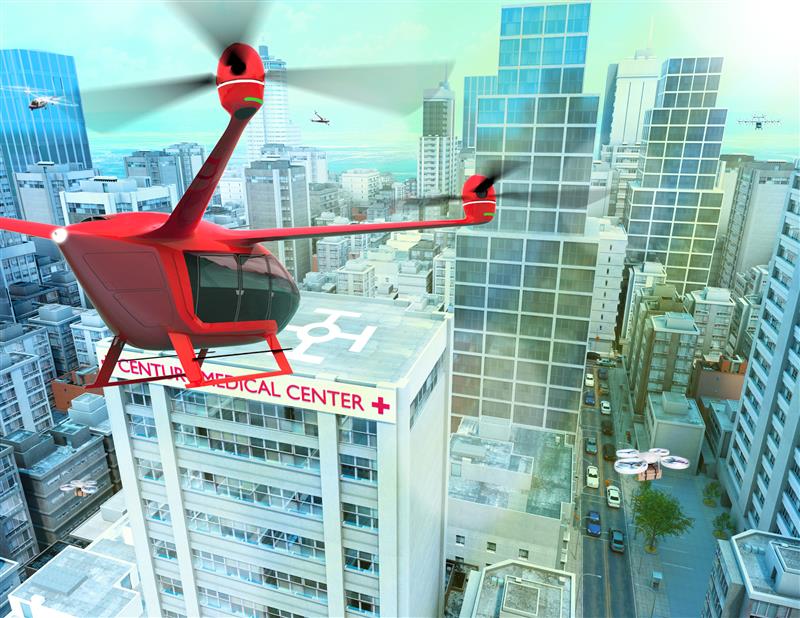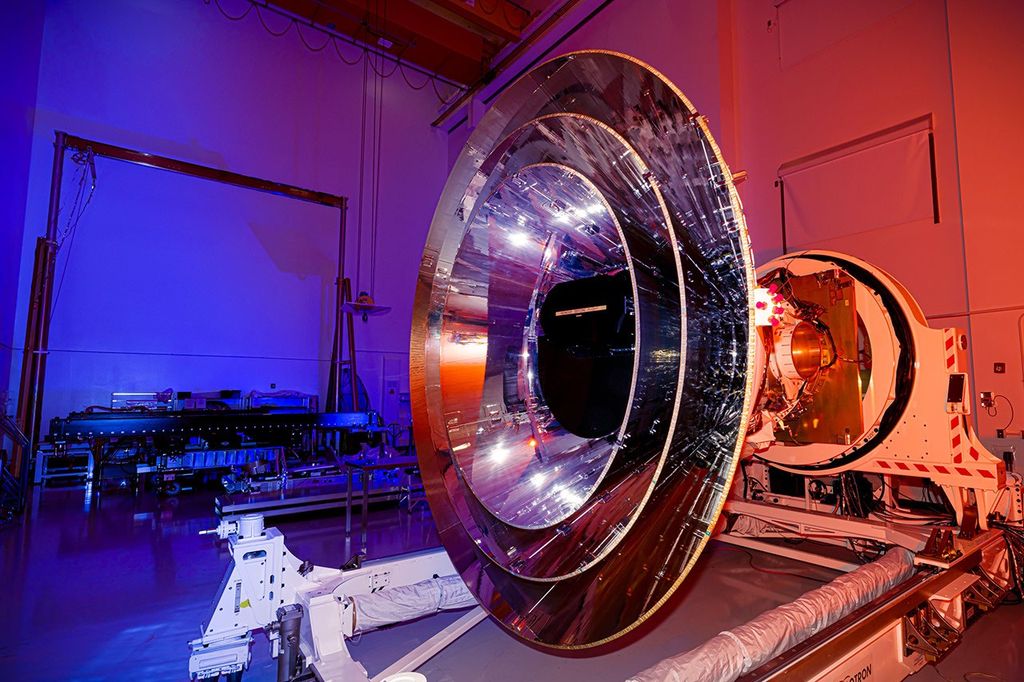NASA’s PUNCH Releases Its First Images of Huge Eruptions from Sun
NASA’s PUNCH (Polarimeter to Unify the Corona and Heliosphere) mission has released its first images of large solar eruptions called coronal mass ejections, or CMEs. The images were presented Tuesday at the 246th American Astronomical Society meeting in Anchorage, Alaska.
The images, stitched into a video, show giant CMEs, growing as they travel across the inner solar system. The mission’s highly sensitive, wide-field instruments were able to capture the whole CMEs, as they evolved in space, in much greater detail than previously possible. This big-picture view is essential to helping scientists better understand and predict space weather, which is driven by CMEs and can disrupt communications, endanger satellites, and create auroras at Earth.
The series of new images also show Venus, Jupiter, several constellations including Orion, and the Pleiades star cluster. The Moon can also be seen in the sequence of images.
The images were taken with PUNCH’s four cameras, which work together as a single “virtual instrument.” Three Wide Field Imagers, which observe the faint, outermost portion of the Sun’s atmosphere and solar wind (the continual stream of charged particles from the Sun), work with a Narrow Field Imager (NFI), a coronagraph which allows scientists to see details in the Sun’s atmosphere by blocking out the bright light of the Sun itself. A still image from NFI reveals the intricate, detailed structure of a CME departing the Sun on June 3. The four cameras are hosted across PUNCH’s four satellites.

“These first images are astonishing, but the best is still yet to come,” said Craig DeForest, PUNCH principal investigator from Southwest Research Institute’s Solar System Science and Exploration Division in Boulder, Colorado. “Once the spacecraft are in their final formation, we’ll be able to routinely track space weather in 3D across the entire inner solar system.”
Throughout its two-year planned mission, PUNCH will make global, continuous, 3D observations of the Sun’s outer atmosphere and the inner solar system. This information will help scientists understand how material released from the solar atmosphere forms the solar wind. The mission will also provide scientists with new data about how potentially disruptive events from the Sun, like solar flares and CMEs, form and evolve. This information could lead to more accurate predictions about the arrival of space weather at Earth and how it impacts assets and explorers in space.
Southwest Research Institute, based in San Antonio, Texas, leads the PUNCH mission and operates the four spacecraft from its facilities in Boulder, Colorado. The mission is managed by the Explorers Program Office at NASA Goddard Space Flight Center in Greenbelt, Maryland, for the Science Mission Directorate at NASA Headquarters in Washington.
By Mara Johnson-Groh
NASA’s Goddard Space Flight Center, Greenbelt, Md.






